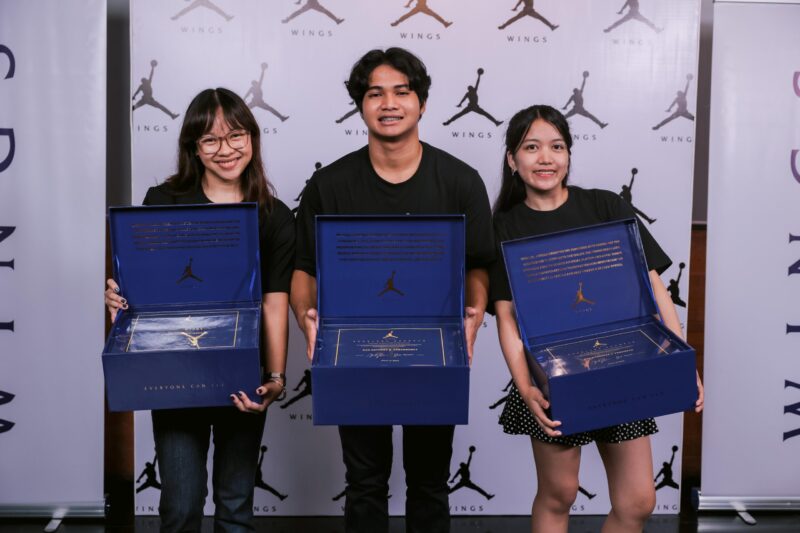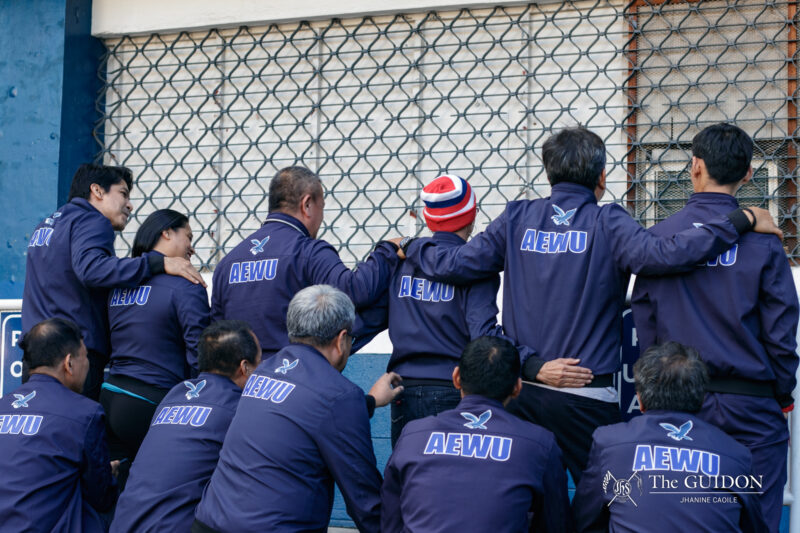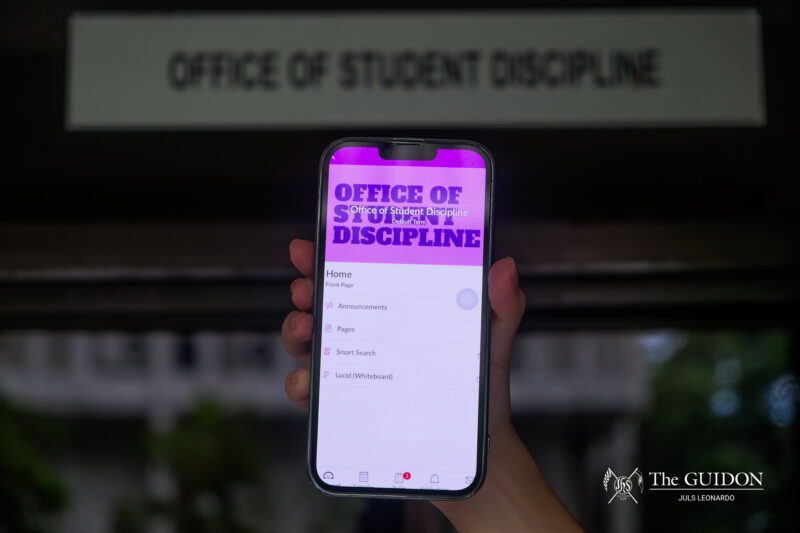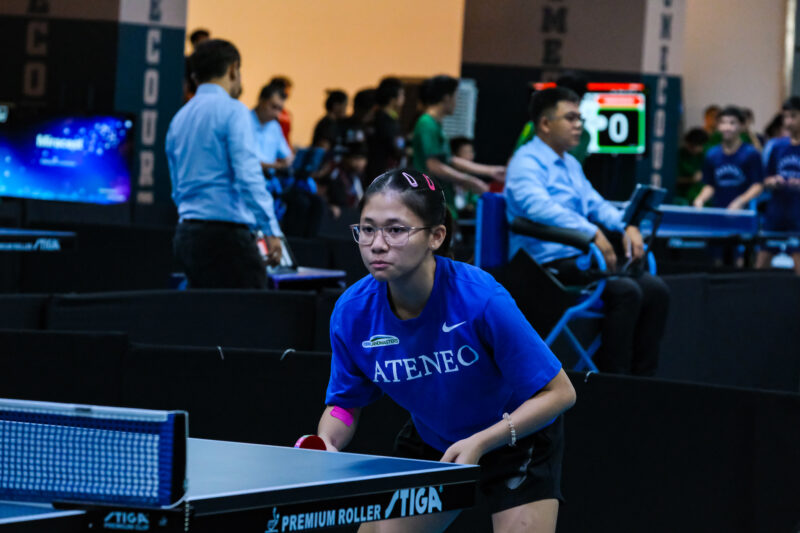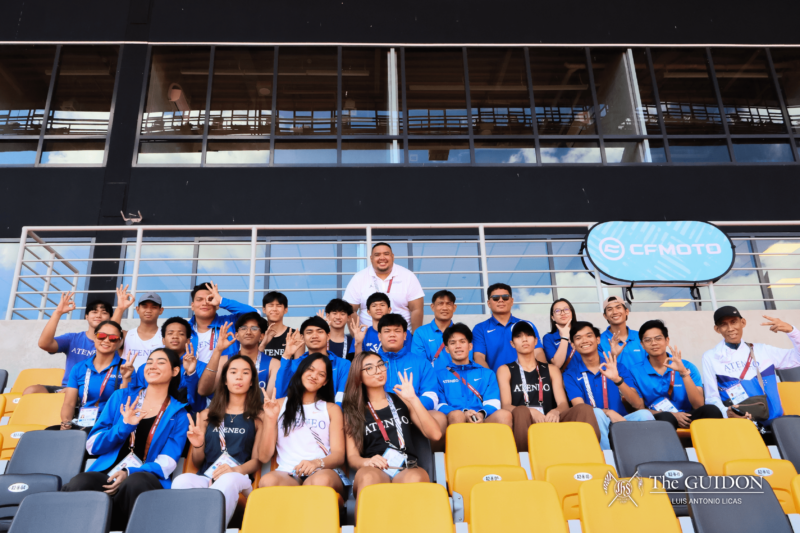INFRASTRUCTURE AND quality of life improvements are slated for AY 2023–2024, according to the proposed budget allocations in the Magtanong sa VP at mga Dekano presented last February 20. Among these improvements are the addition of computer equipment and chairs in the University, a New Rizal Library Ground Floor Cafeteria, and conversions and renovations for classrooms and laboratories.
Vice President for the Loyola Schools Maria Luz C. Vilches, PhD said that the increase in budget necessitates a 6% tuition fee hike for the upcoming academic year. She attributed these to increased regular costs, inflation, and a decreased student population.
However, Vilches noted that the proposed budget is still subject to approval. According to her, the Board of Trustees will meet in May to further discuss the figures, which will be finalized in June or July.
From transitions
Vilches mentioned four main priority areas in the proposed budget: strengthening the University’s external presence, improving and modernizing campus infrastructure, extending support for research initiatives, and increasing scholarship numbers.
Highlighting the return to onsite classes and activities, John Gokongwei School of Management (JGSOM) Dean Roberto Galang said that the AY 2023–2024 budget will be made relative to this year’s “transition” budget.
For academic years 2020–2022, Galang contextualized that the University did not increase tuition—adding that the school even “sacrificed” for its students.
“A lot of these budgetary things you see are actually not even sufficient to make up for all of the upgrades required to keep the University going,” Galang explained.
School of Science and Engineering (SOSE) Dean Raphael Guerrero emphasized the importance of these upgrades given the need for refurbishment and renovation, especially for rooms and facilities.
Furthermore, Guerrero clarified that a bulk of the tuition increase would be allotted for University staff and faculty salaries, which increased since operations went back onsite.
Commenting further about the tuition hike, Galang explained that the education market had shifted since new avenues opened up for students during the pandemic. Thus, the University is actively attracting students to make up for the decreased student population.
“There is this confluence of a changing dynamic in our student body—people that we would ordinarily be able to accommodate or sign up to an Ateneo program, they decided not to go,” he added.
To alleviate this, he reveals that the University is increasing initiatives to look for external donors and partners. For students already studying in the Ateneo, JGSOM also looks to open part-time, income-increasing opportunities.
To greener pastures
Being a focus area in the Lux-in-Domino Strategic Plan, Guerrero said that the budgeting committee considered integral ecology and sustainability as key to the budget proposal for the next academic year.
Various plans include increasing the number of E-Jeeps, bike initiatives, reviving express lanes, and promoting RFID usage.
Guerrero shared his enthusiasm for this pursuit as he mentions that the school “happily takes on this challenge to maintain sustainability in all of [their] efforts.”
According to him, the University has attempted to become more environmentally sustainable over the past few budget cycles. He said that among their most notable efforts is the University’s active replacement of essential electrical components with more energy-efficient and eco-friendly ones, which will continue next year.
In line with budget sustainability, Guerrero cited the University’s commitment to managing limited resources such as closer monitoring of water and electricity consumption.
“We try to save, but it’s not just about saving money. It’s also about saving resources or raw materials, so we don’t add to this very wasteful economy,” he commented. Overall, Guerrero envisioned the prevention of any further damage to the environment.
In addition to proper management, Galang shared that the central administration of the University is looking to complete solar paneling for most of the campus buildings. These strides look to lower electric consumption.
Galang highlighted that among the most notable sustainability initiatives are already manifested by the recently added requirement of a sustainable angle for the John Gokongwei Student Enterprise Center (JSEC) stalls.
“We need to assure that the business models [they] generate, at the very least, don’t contribute to the waste that the food industry does,” Galang noted.
Thus, student-rented JSEC stores have integrated sustainability by incorporating vegan menu options, locally sourcing raw materials, and upcycling unused products.
Looking forward to the green
In view of these upcoming changes, Ateneo Environmental Sciences Society (AESS) President Ted Go considered these initiatives as a step towards a more sustainable Ateneo.
However, he emphasized the need for active collaboration between the administration and the student body when it comes to drafting such projects. Go believed that it is not enough for the administration to do its part as students should also give their takes on the initiatives.
While students are able to scrutinize the budget, Go expresses that other University initiatives can still take into consideration student organization input to ensure proper implementation.
“I think all organizations should also be in contact with [the sustainability plans] since they are the ones who have their own models and their own principles,” Go mentioned.
Likewise, Guerrero encouraged students to advocate for more sustainable and inclusive means of development. Notably, he commended the SOSE Sanggunian for their sustainability efforts.
Galang similarly expressed his optimism for the journey toward sustainability. He particularly admired the innovative minds of students when it came to integrating sustainable mechanisms in their projects and initiatives.


